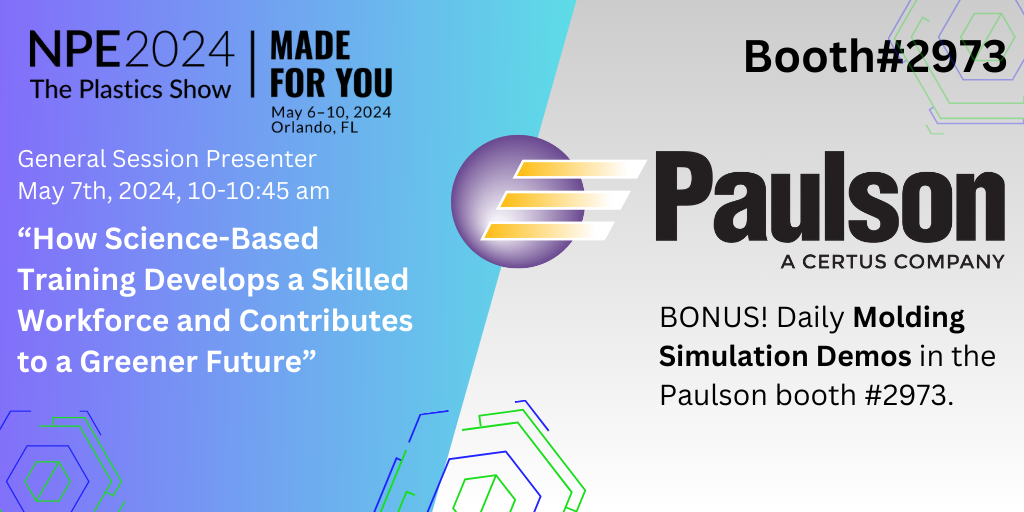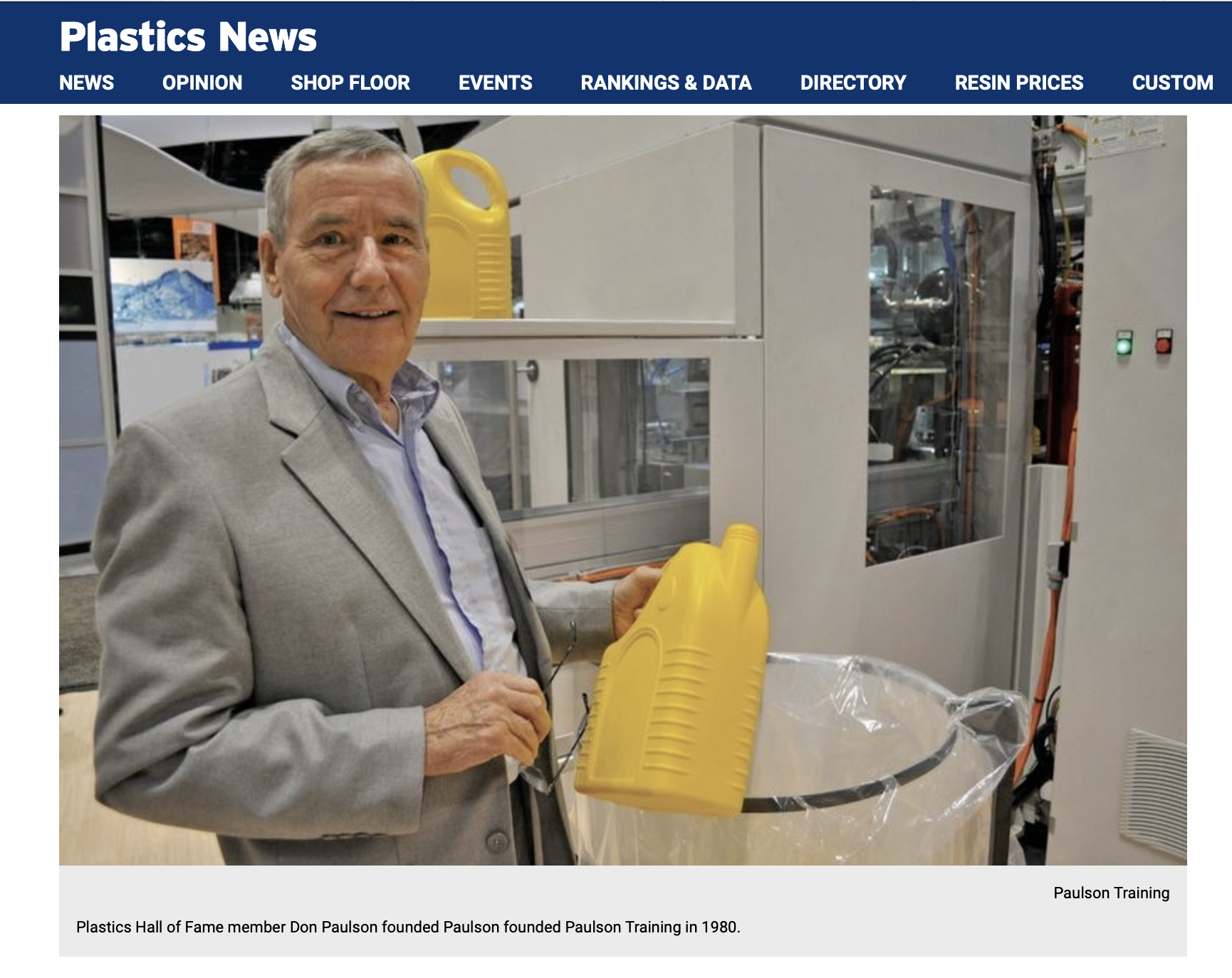
Definition: Short shots occur when one or more of the cavities in an injection mold do not completely fill.
Continuing with my previous Expert Molder conversations, this episode discusses the causes of the injection molded part problem called “short shots”.
If you’ve been following my previous posts (sink marks and flash) , you know already how Paulson approaches injection molding – it’s a science. Plastic molecules behave according to 4 processing conditions during injection molding. These are:
- Plastic temperature
- Plastic pressure
- Plastic flow rate
- Plastic cooling rate
The plastic knows nothing about the injection molding machine settings. It simply reacts to the temperature, pressure, flow rate and cooling rate as set by the machine controls. But you may know, the molding machine does not have just 4 controls labeled temperature, pressure, flow rate and cooling rate. It’s more complicated than that. All molded part problems are caused by one or more of the 4 basic plastic variables
So, how do we solve our short shots problem? We ask the plastic, of course. The obvious first question is:
Molder: “Hey, I haven’t changed the machine settings. How come you’re not filling the cavities anymore?”
(the plastic is smart… so smart, it thinks our question is dumb)
Plastic: “Seriously? Come on. We polymers aren’t filling your cavities because we stopped flowing.”
Molder: “Alright plastic, I’ll play. Why did you stop flowing?”
Plastic: “Figure it out. We only respond to 4 things and I’m tired of telling you what they are. Maybe our viscosity has increased because our temperature is too low. You with me?”
Molder: “Go on…”
Plastic: “Well, maybe you’re not giving us enough pressure to fill the cavities, or maybe our fill rate is too slow. That would increase our viscosity.”
Molder: “Ok. That’s starting to make sense.”
Plastic: “Good. The last thing is you might be cooling us off too fast as we try to fill your mold.”
Molders: “Ok. I see. So from your point of view there’s just 4 possible problems.”
Plastics: “Exactly. You need to put yourself in our place. We get our 4 conditions changed in all kinds of ways when people touch those panels on the machine.”
Molder: “Yes. Even my best molders don’t always agree on what control adjustments will fix a molding problem. Seems like if I get them thinking like you, they’d be able to understand the problem better.”
Plastic: “Yes they would. And if you do that, we promise to behave and make good parts as fast as we can.”
So that’s about how the conversation would go.
As a molder, I know how to check the melt temperature and mold temperature to see if either of those are the problem. I can also increase the injection pressure to see if that solves the problem. And I can increase the fill rate because the plastic told me that could be the problem.
There are variations in the plastic raw material, particularly viscosity, that can cause short shots and other part problems. This doesn’t mean the plastic is bad. A simple machine control adjustment is usually all that is required.
In the case of short shots, there is one other possible cause that the plastic molecules don’t know about. That is air entrapment. The air in the mold cavities must escape as the plastic fills the mold. A buildup of air pressure in the cavity can hold back plastic flow. So the first adjustment I would make is to increase the fill rate. You might get a burn mark. If you do, the problem is venting.
The point to all this is that the plastic sees a short shot problem (and any other processing defect) differently than a typical molder sees it. Streamline your thinking down to just 4 variables first. Once you understand what the plastic is feeling, then you can lay out your optimal solution using injection molding machine control changes.
– Don Paulson



